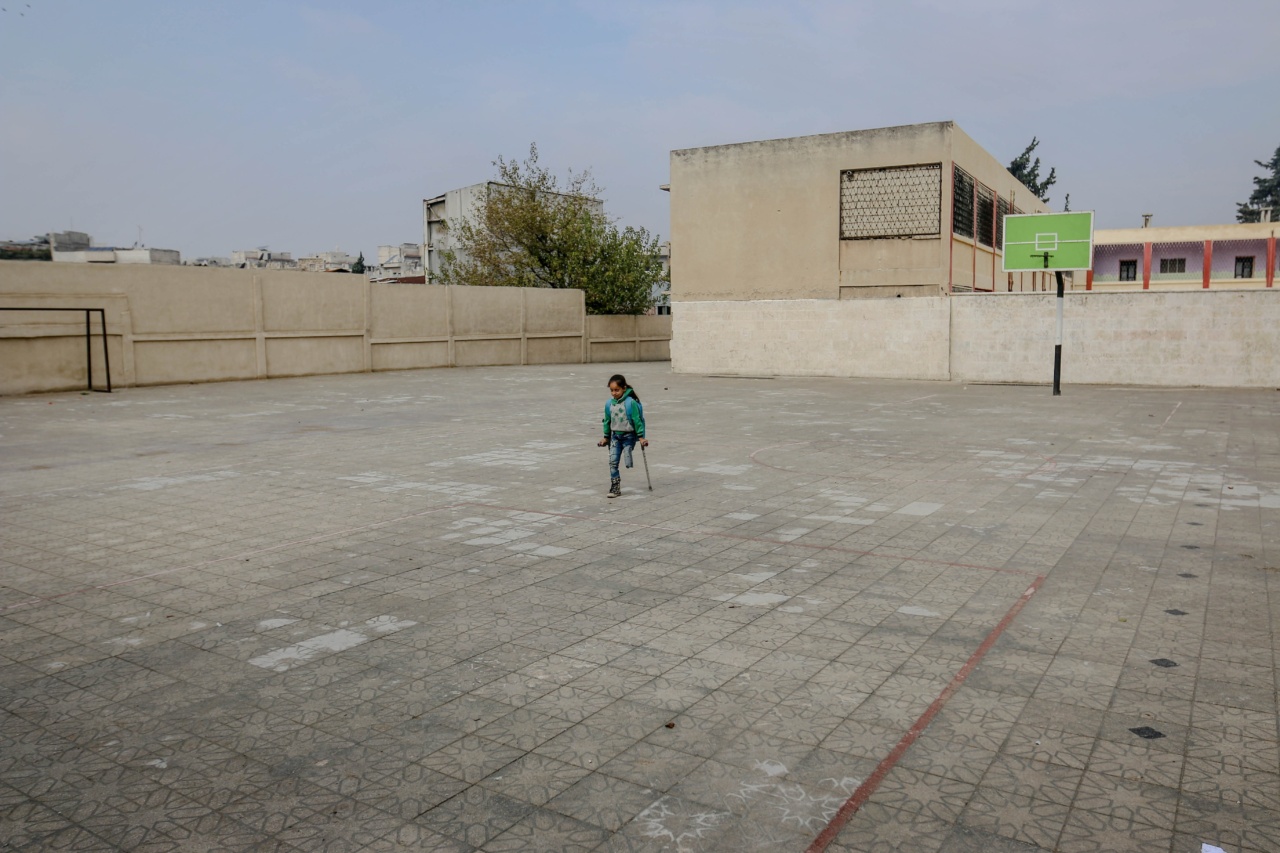Have you ever noticed that your body feels different when the weather changes? Maybe you feel fatigued or achy on a rainy day, or your arthritis flares up when it’s cold outside.
Many people experience pain or discomfort during weather changes, which can be frustrating and even debilitating. In this article, we’ll explore why weather changes can cause pain and offer tips on how to manage it.
Why Do Weather Changes Cause Pain?
When the weather changes, it can impact our bodies in a number of ways. For example, changes in barometric pressure can affect the pressure inside our joints.
When the barometric pressure drops, as often happens before a storm, the pressure inside our joints may decrease as well. This can cause tissues to expand, increasing pressure on nerves and leading to pain and discomfort. Changes in temperature can also affect our bodies. Cold weather can stiffen muscles and joints, increasing the risk of injuries.
Tips for Managing Weather-Related Pain
If you experience pain or discomfort during weather changes, there are several things you can do to manage your symptoms. Here are a few tips:.
1. Stay Active
Regular exercise can help keep your muscles and joints flexible and strong, reducing the risk of pain and injuries. Try to engage in some form of physical activity every day, even if it’s just a short walk or some gentle stretching.
If you have a medical condition that limits your mobility, talk to your doctor about exercises that are safe for you to do.
2. Dress Appropriately
Wearing appropriate clothing for the weather can help minimize pain and discomfort. In cold weather, wear layers to keep your body warm and protect your muscles and joints. In wet weather, wear waterproof shoes and clothing to keep your feet and body dry.
If you have a recurrent condition, like arthritis, you may benefit from using specialized devices, like hand gloves or knee braces.
3. Use Heat and Cold Therapy
Applying heat or cold to the affected area can help reduce pain and inflammation. Use a heating pad or warm towel for 20-30 minutes a few times a day to relax the muscles and relieve pain.
For acute injuries or inflammation, apply ice wrapped in a towel for 10-15 minutes every few hours. Cold therapy can constrict blood flow and numb the area, reducing pain and swelling.
4. Practice Relaxation Techniques
Stress can exacerbate pain, so try practicing relaxation techniques like meditation, deep breathing, or yoga to reduce stress and promote relaxation. This can help reduce pain and improve your overall well-being.
Find some quiet time to relax and breath in and out deeply, at least ten times for a start. You may also try visualization or progressive muscle relaxation.
5. Pay Attention to Your Diet
Certain foods can trigger inflammation and pain, so pay attention to what you eat. Try to eat a balanced diet rich in fruits, vegetables, and lean protein.
Avoid processed foods, sugary drinks, and excessive alcohol consumption, which can increase inflammation and pain.
6. Get Adequate Sleep
Sleep is crucial for overall health and well-being, and getting enough rest can help reduce pain and inflammation. Aim for seven to nine hours of sleep each night, and try to establish a consistent sleep schedule.
Avoid caffeine and electronics at least an hour before bedtime, and create a relaxing sleep environment in your bedroom.
7. Consider Seeking Medical Treatment
If you experience chronic pain or discomfort, speak with your doctor about treatment options. Depending on your condition, you may benefit from medications, physical therapy, or other interventions to manage your pain.
Your doctor may refer you to a specialist, like a pain management physician or rheumatologist, for further evaluation and treatment.
Conclusion
Weather changes can be frustrating for those who experience pain or discomfort. However, by taking proactive steps to manage your symptoms, you can reduce your pain and improve your quality of life.
By staying active, dressing appropriately, using heat and cold therapy, practicing relaxation techniques, paying attention to your diet, getting adequate sleep, and seeking medical treatment if necessary, you can effectively manage pain caused by weather changes.



























